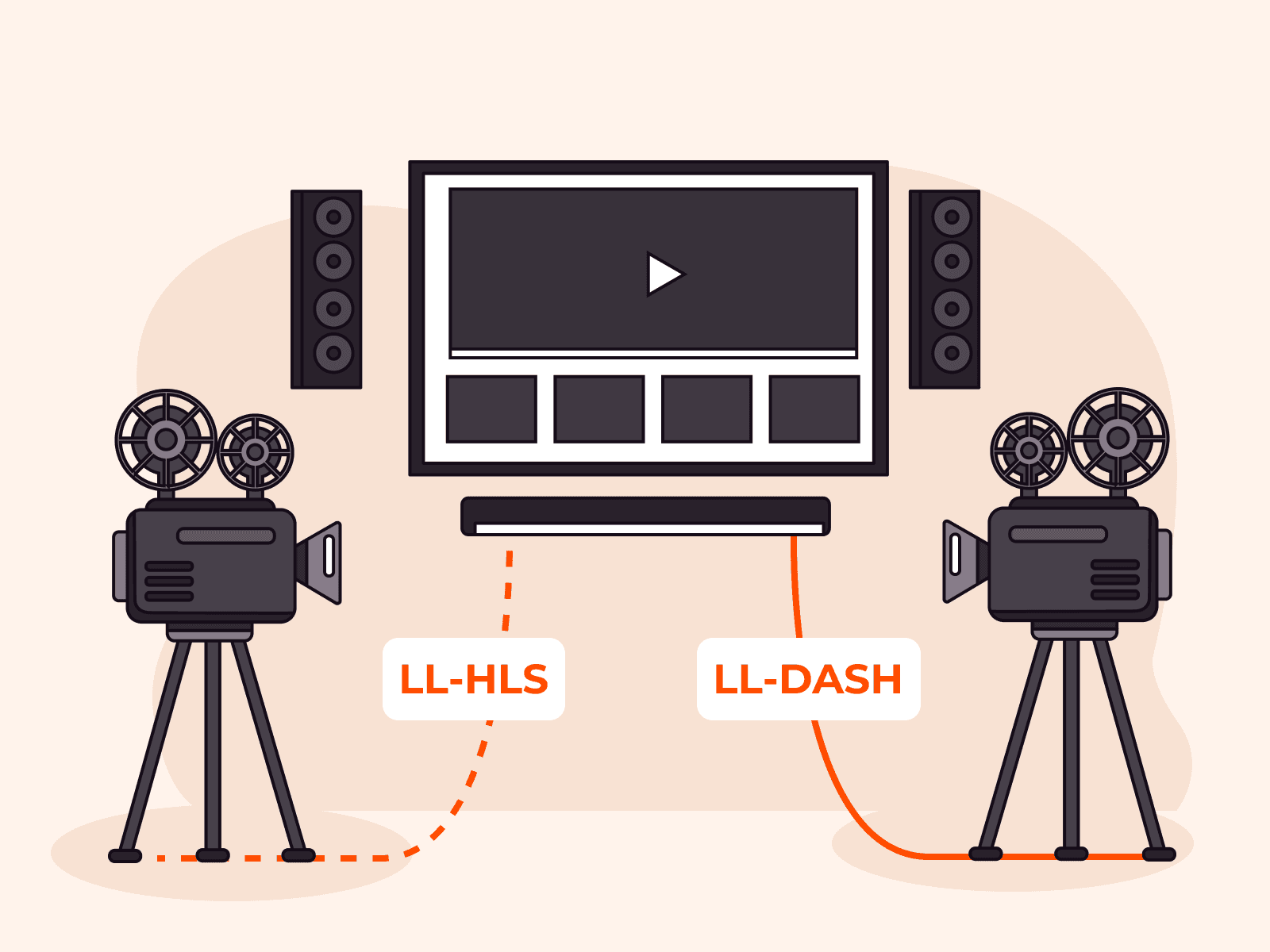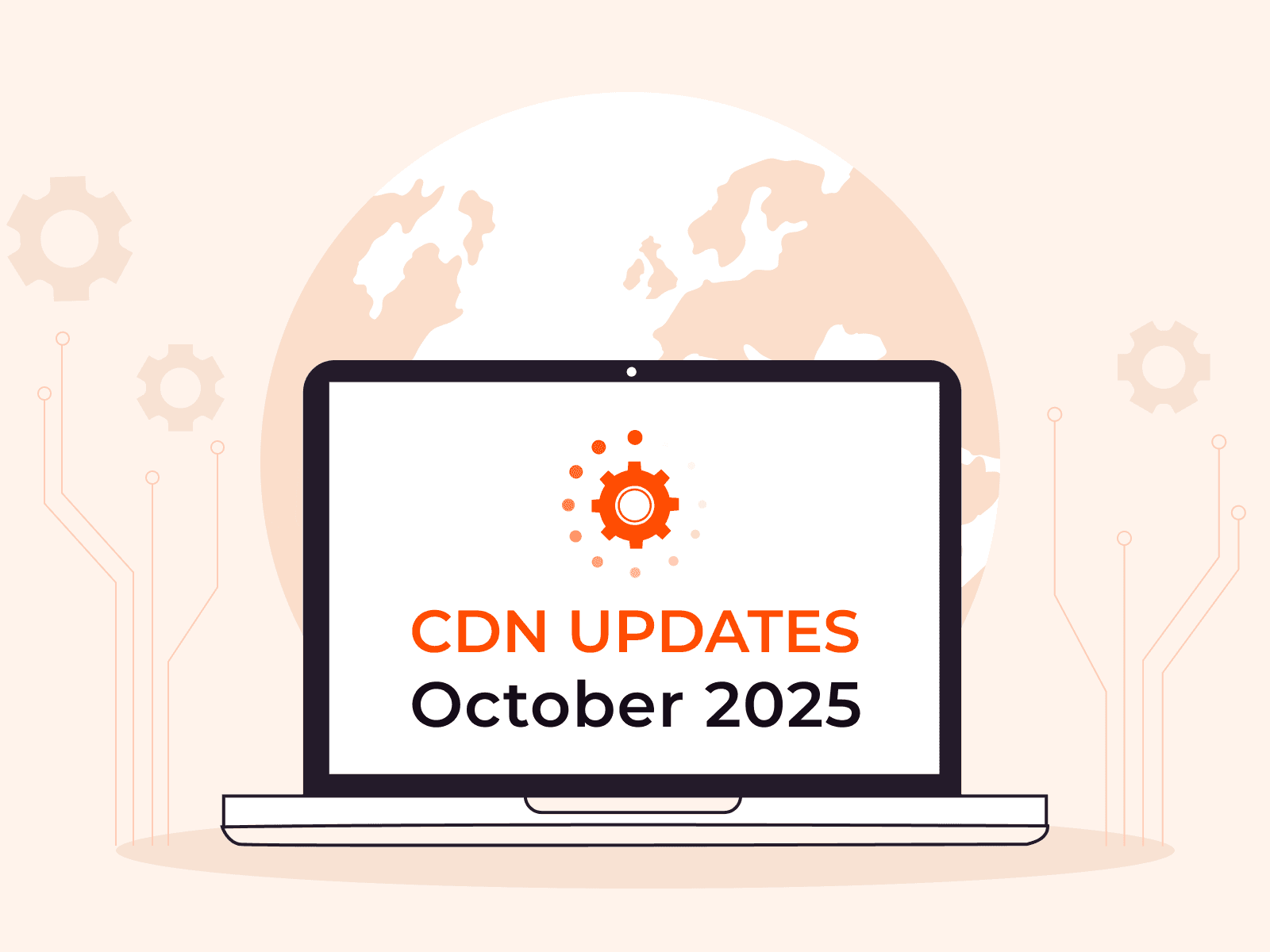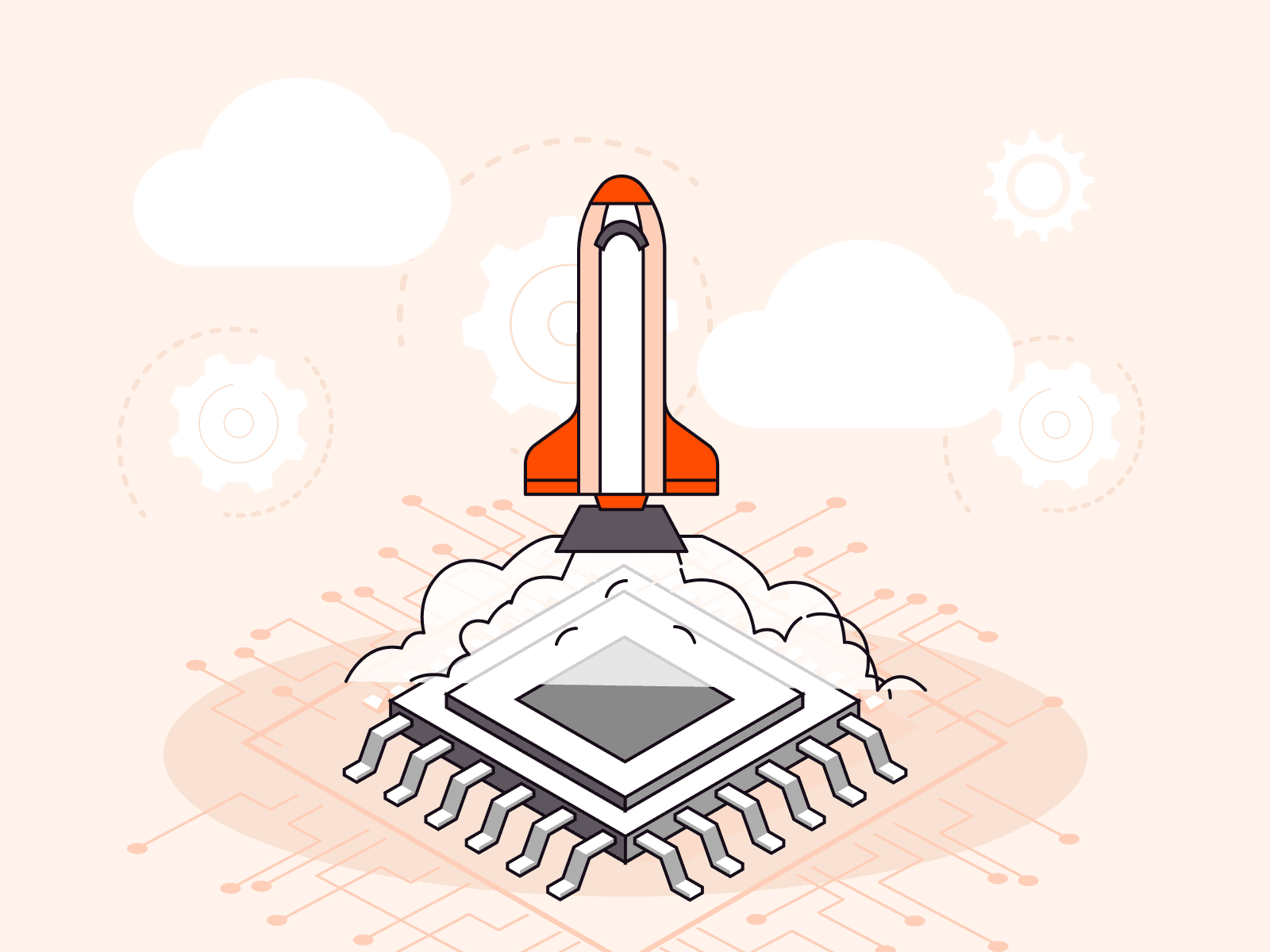5 practical tips to prevent live streaming disruptions
- November 21, 2024
- 4 min read

Imagine the frustration of settling in to watch a highly anticipated boxing match, only for the stream to fail just before the action begins. Unfortunately, this is the reality for viewers more often than it should be, with recent examples including major sports matches and music concerts. High-profile disruptions and failures highlight the vulnerability of streaming platforms during major live events, disappointing audiences and potentially harming the reputation of streaming platforms. In this article, we explore why such outages happen and share 5 practical ways to keep your company’s live streams rolling, no matter the event.
Why do streaming outages happen during major live events?
There are five main reasons that streaming outages can occur, especially during live events with high viewership. Such streams present specific and serious difficulties that can affect even the biggest streaming services. And with ever-growing global audiences, it’s tricky to predict the exact demands of a live stream in advance, which only adds to the challenge.
- Sudden traffic surges: High-profile events can draw millions of simultaneous viewers, creating spikes in traffic that many platforms struggle to handle. Without the ability to scale infrastructure rapidly, these surges often lead to interruptions or service failures.
- Limited global content distribution: Streaming services depend on servers to deliver content to users. If those servers are concentrated in a limited number of locations, they can become overwhelmed during peak demand, particularly in regions with high audience concentration and/or a lower concentration of servers.
- Suboptimal CDN use: While a CDN is crucial for delivering content efficiently, issues like poor routing, insufficient edge server coverage, and a lack of backup mechanisms can cause latency or outages even when a CDN is in use.
- Delays in content processing: Live streaming involves real-time transcoding and packaging of video content to ensure it plays seamlessly across devices and network conditions. Bottlenecks in these processes can result in delays, buffering, or interruptions.
- Lack of redundancy and failover systems: Without reliable backup systems, even a minor technical failure can escalate into a full-blown outage, leaving audiences without access.
Five ways to prevent streaming disruptions during live events
Now we understand how streaming issues occur, let’s look at five practical ways to help ensure your streaming business keeps viewers happy during high-stakes, high-viewership events.
#1 Invest in a scalable and reliable infrastructure
Implement auto-scaling systems that dynamically allocate resources to handle sudden spikes in demand for smooth operations during high traffic surges. Cloud-based solutions are particularly effective for this, as they allow rapid scaling to meet the fluctuating needs of live events.
To reduce the load on dynamic systems during an event, consider shifting configurations, player settings, and regular API calls to static file requests. These changes can be easily reverted after the event, allowing operations to return to normal.
In addition, configuring the player with failover capabilities is crucial. This allows seamless switching to alternative qualities or protocols—such as LL-HLS, HLS, or MPEG-DASH—if issues arise, enhancing resilience and providing uninterrupted playback, even during peak demand.
Finally, to strengthen the overall infrastructure, web application and API protection (WAAP) can protect APIs and dynamic systems from malicious activities, reducing the risk of cascading failures during high stress.
#2 Use a global CDN with extensive edge coverage
A CDN with a wide network of servers located close to users can minimize latency and avoid overloading specific regions. Intelligent load balancing ensures traffic is evenly distributed, preventing congestion. Advanced techniques such as multi-CDN setups, region-based origins, and backup origins, optimize content delivery.
Switching from low-latency delivery to reduced latency (±8 seconds) or traditional latency (±30 seconds) can improve performance to manage expected high traffic. Consider using both LL-HLS/HLS and MPEG-DASH protocols for greater flexibility, which can result in more efficient content delivery under varying conditions.
#3 Optimize video processing
Optimized video processing depends on advanced codecs and transcoding systems, essential for real-time live-stream processing. To ensure sufficient capacity, estimate viewer numbers and bitrates in advance and agree with your CDN provider on dedicated bandwidth for the specific event and timeframe. During the broadcast, monitor the ability to deliver maximum quality to all viewers.
To minimize risks and optimize bandwidth usage, use two key tactics:
- Implement modern codecs like H.265 and AV1 alongside H.264. These codecs require more transcoding resources but reduce bandwidth usage, allowing more viewers to access high-quality streams with a limited channel width.
- Use player-side controls to limit resolution during peak demand. By adjusting player configurations to lower resolution for new viewers, you can save bandwidth without interrupting the broadcast for the entire audience.
Proactively monitor and introduce redundancy
Real-time monitoring systems can detect potential issues before they impact viewers. Key metrics to monitor include:
- Concurrent viewer count
- Bandwidth usage
- Quality tier distribution
- Buffering rates on the client side
One metric that is often overemphasized is response_time, which tracks the delivery of live chunks from the CDN to the viewer. In practice, this metric is often unnecessary since players typically cache 2–3 chunks ahead of playback. For example, with two-second chunks, the cache in a player will hold 4–6 seconds of content, and with 6-second chunks, the cache will be 12–18 seconds. As a result, small variations in response time, such as changes from 50 ms to 150 ms, will not impact the viewer experience. Instead of focusing on response time, it’s more important to check that media manifests (e.g., media.m3u8) stay current and do not become stale. Redundant systems can provide backup to maintain uninterrupted service in case of failure.
#5 Collaborate with experienced providers
Working with an experienced provider is a great idea for handling large-scale live events with ease. Many providers offer proactive, event-specific technical support, and negotiating this assistance beforehand can help resolve issues before they affect the audience.
If you’re on the fence about whether outsourcing is right for your streaming operations, take a look at our free white paper that guides you through exactly that decision-making process.
Stream reliably to millions simultaneously with Gcore
Gcore Streaming offers a reliable and scalable solution for live streaming, designed to meet the demands of major events:
- Massive scalability: Our auto-scaling technology adjusts dynamically to handle unpredictable audience sizes for uninterrupted service, no matter how big your audience gets.
- Global CDN: With over 180 points of presence and a capacity exceeding 200 Tbps, we ensure low-latency delivery worldwide.
- Optimized video codecs: Our solutions support efficient transcoding and adaptive bitrate streaming, delivering high-quality playback regardless of audience size.
- Failover and load balancing: Intelligent systems detect and address potential issues before they affect users, ensuring a seamless viewing experience.
Secure your reputation and simplify your live streaming operations with Gcore. Get in touch for a free consultation.
Related articles
Subscribe to our newsletter
Get the latest industry trends, exclusive insights, and Gcore updates delivered straight to your inbox.






